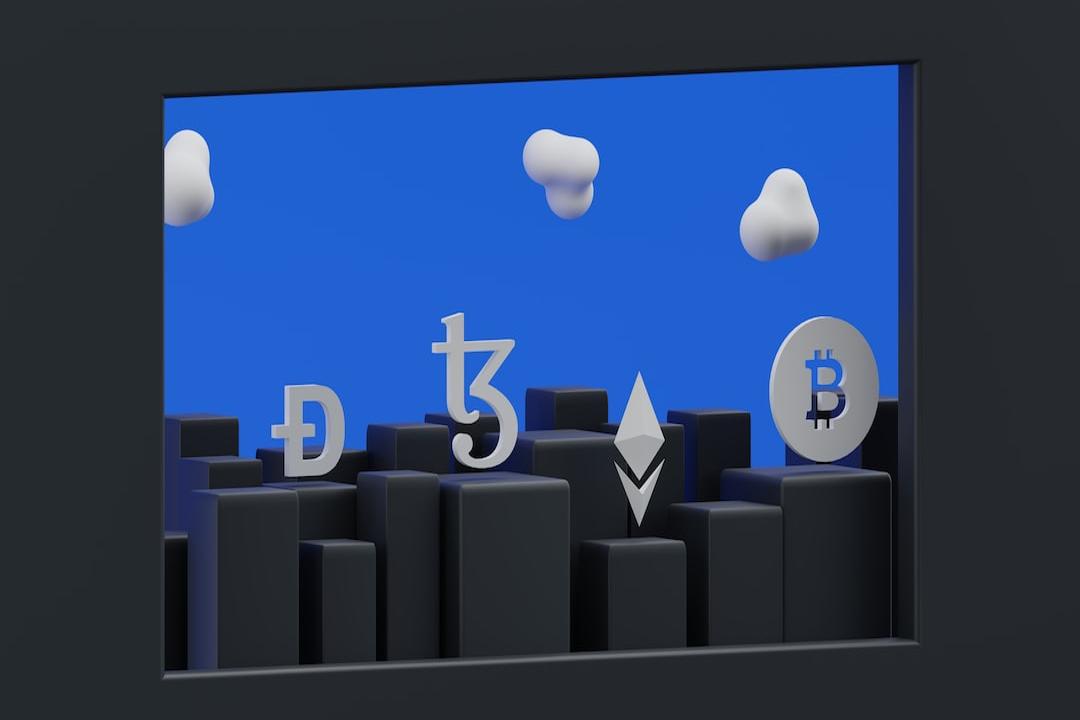Tron is closing the gap with Ethereum in the circulation of Tether (USDT)
Tron is closing the gap with Ethereum in the circulation of Tether (USDT), following a fresh $1 billion mint on May 5. According to blockchain analytics firm Arkham Intelligence, this latest issuance brings the total amount of USDT on the Tron network to $71.4 billion. Ethereum currently leads with $72.8 billion, based on data from Tether’s Transparency Report.
Tron previously held the lead from July 2022 to November 2024. Ethereum pulled ahead after a significant $18 billion mint late last year, but Tron’s steady growth since then has nearly erased the difference. Just $1.4 billion more on Tron would make it the top network for Tether again.
Solana ranks third, hosting around $1.9 billion in USDT. Other networks such as Ton, Avalanche, Aptos, Near, Celo, and Cosmos support Tether in smaller volumes.
Tether Hits Record Supply, Remains Market Leader
Tether’s total USDT supply has climbed to an all-time high of $149.4 billion, up 8.6% since the beginning of 2025. This gives Tether a dominant 61% share of the global stablecoin market, according to CoinGecko.


Its main competitor, Circle—the issuer of USD Coin (USDC)—has about $62 billion in circulation, giving it a 25% share. The remaining portion is divided among smaller stablecoin projects.
Stablecoins now make up roughly 8% of the entire cryptocurrency market capitalization, reflecting their growing role in the ecosystem as tools for stable, fast, and low-cost transactions.
U.S. Lawmakers Move Toward Stablecoin Regulation
Two U.S. bills could bring major changes to the stablecoin market. The GENIUS Act proposes clear definitions and reserve requirements for payment stablecoins. The STABLE Act would regulate how nonbank stablecoin issuers are approved and monitored.
A vote on the GENIUS Act is expected in the U.S. Senate before May 26. If passed, these laws could provide long-awaited clarity for issuers and boost confidence in stablecoins.
Tether has also announced plans to launch a U.S.-based stablecoin later this year, depending on how these regulatory efforts unfold.
